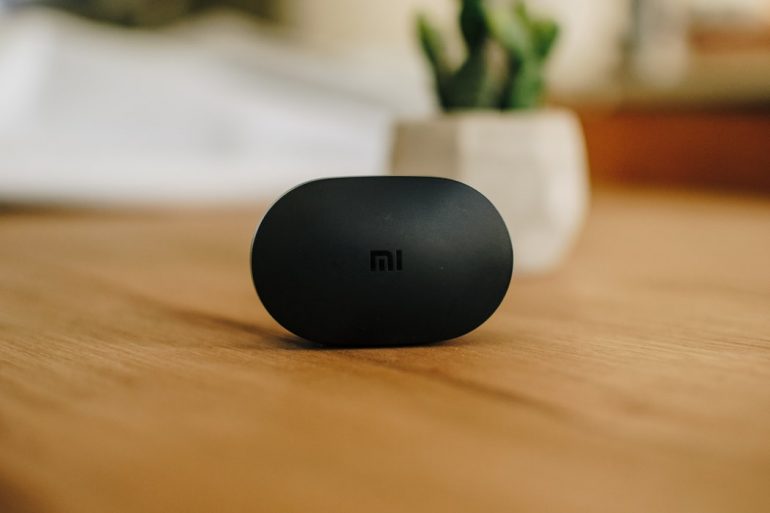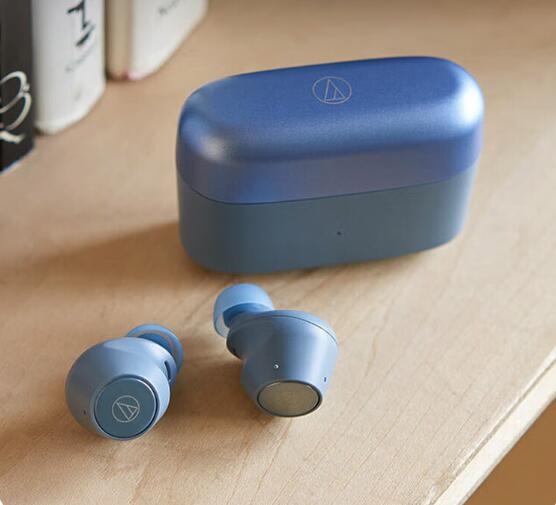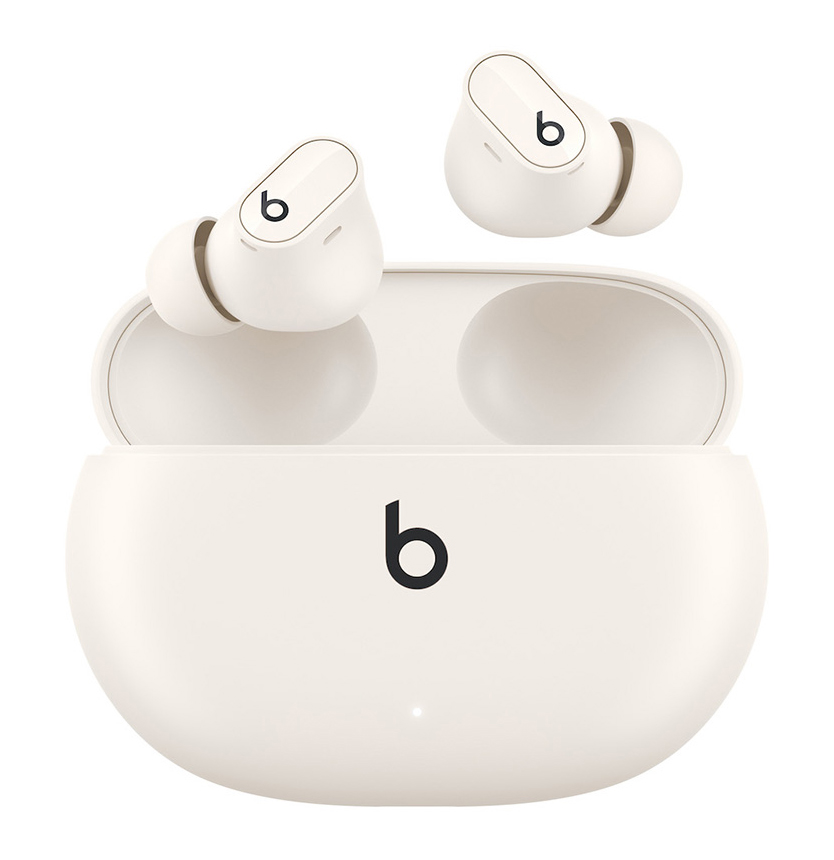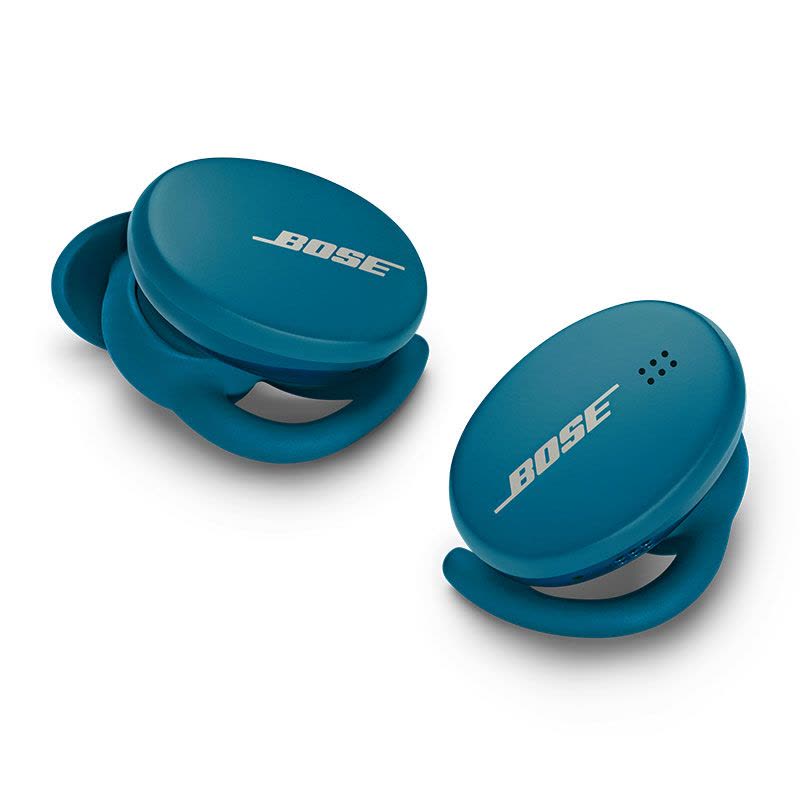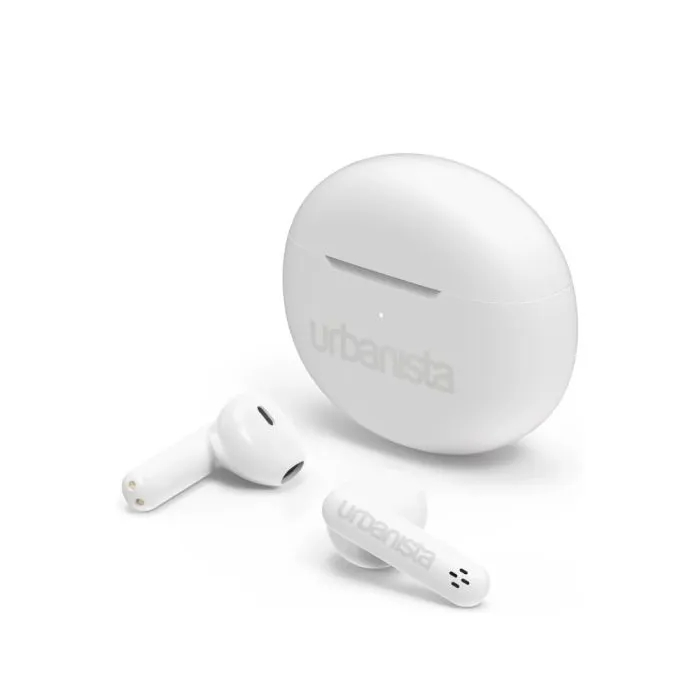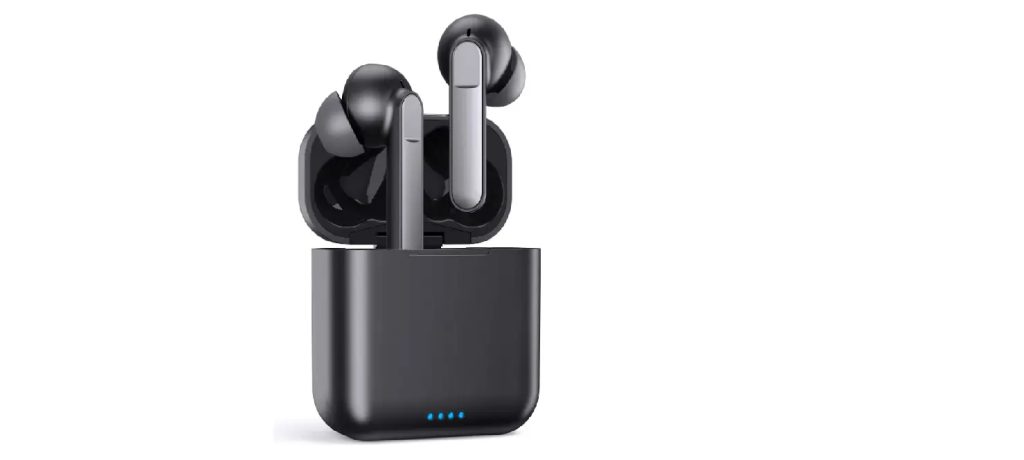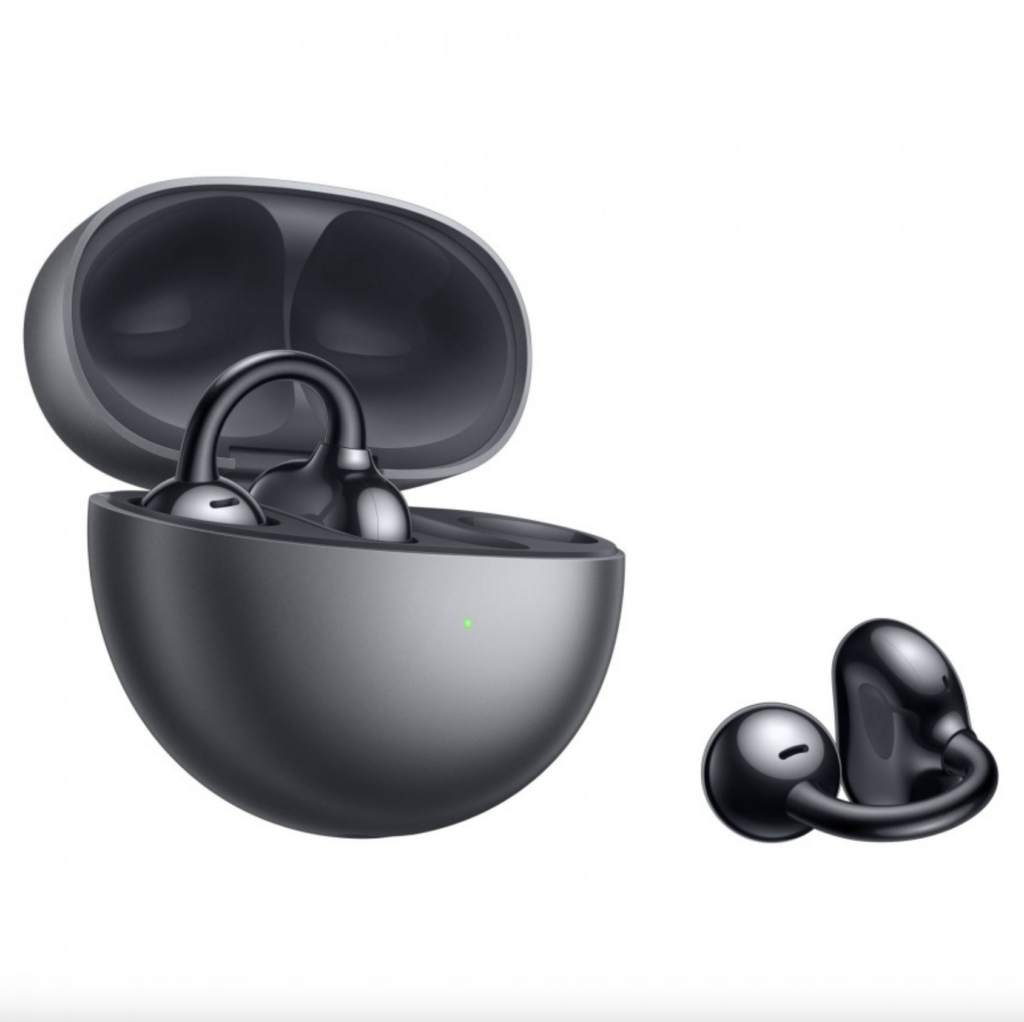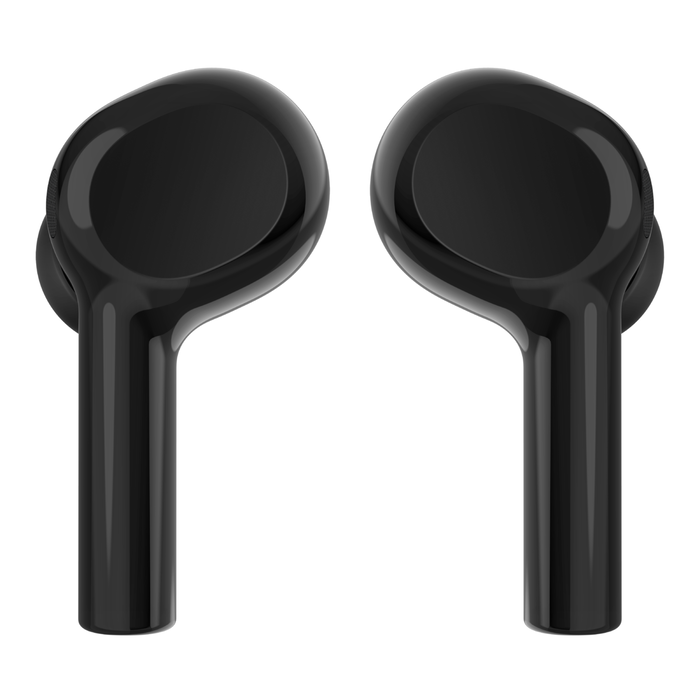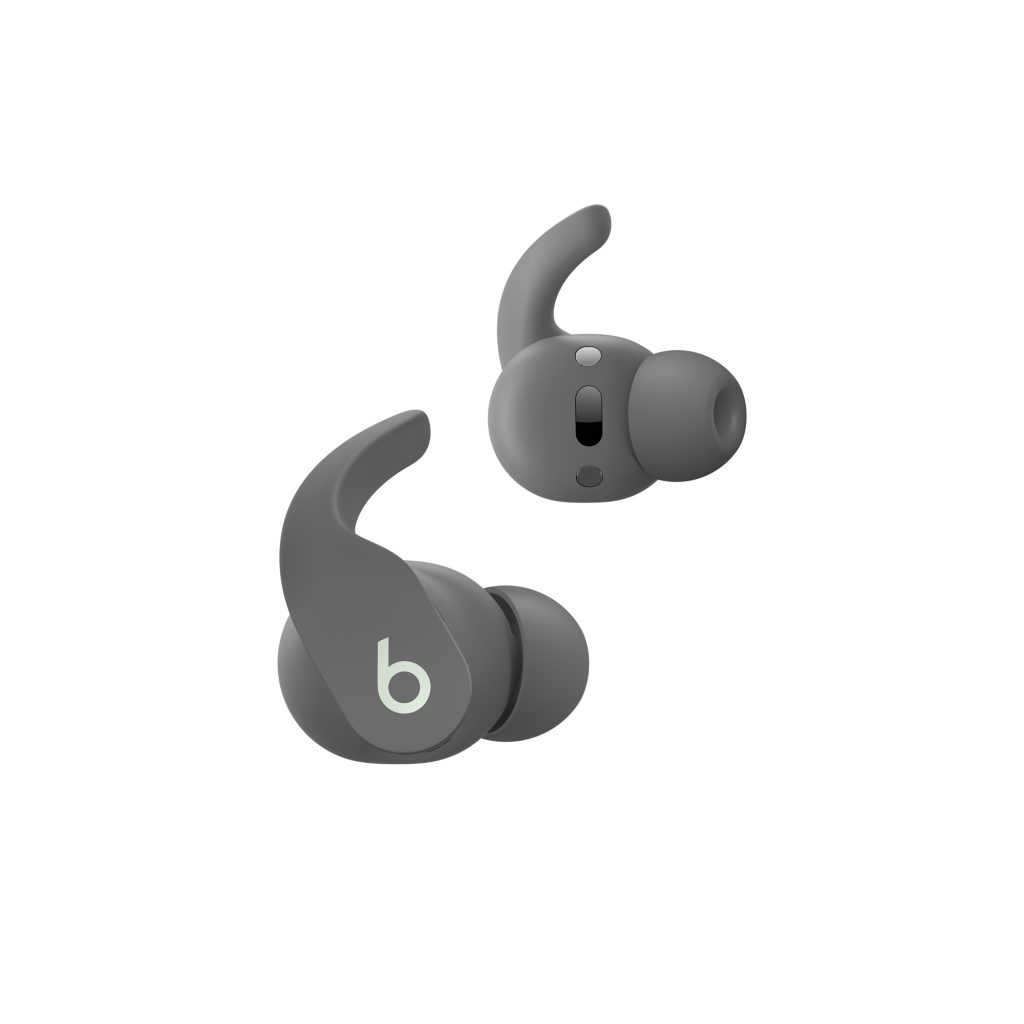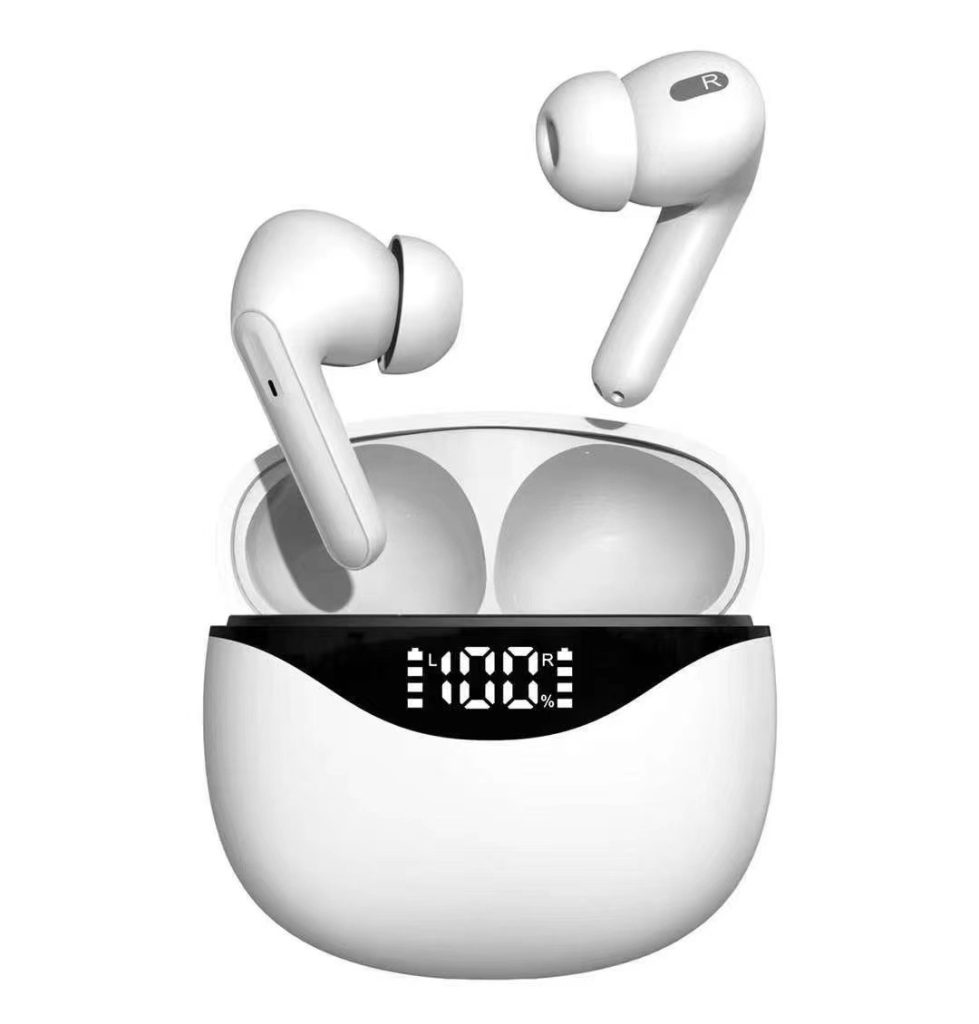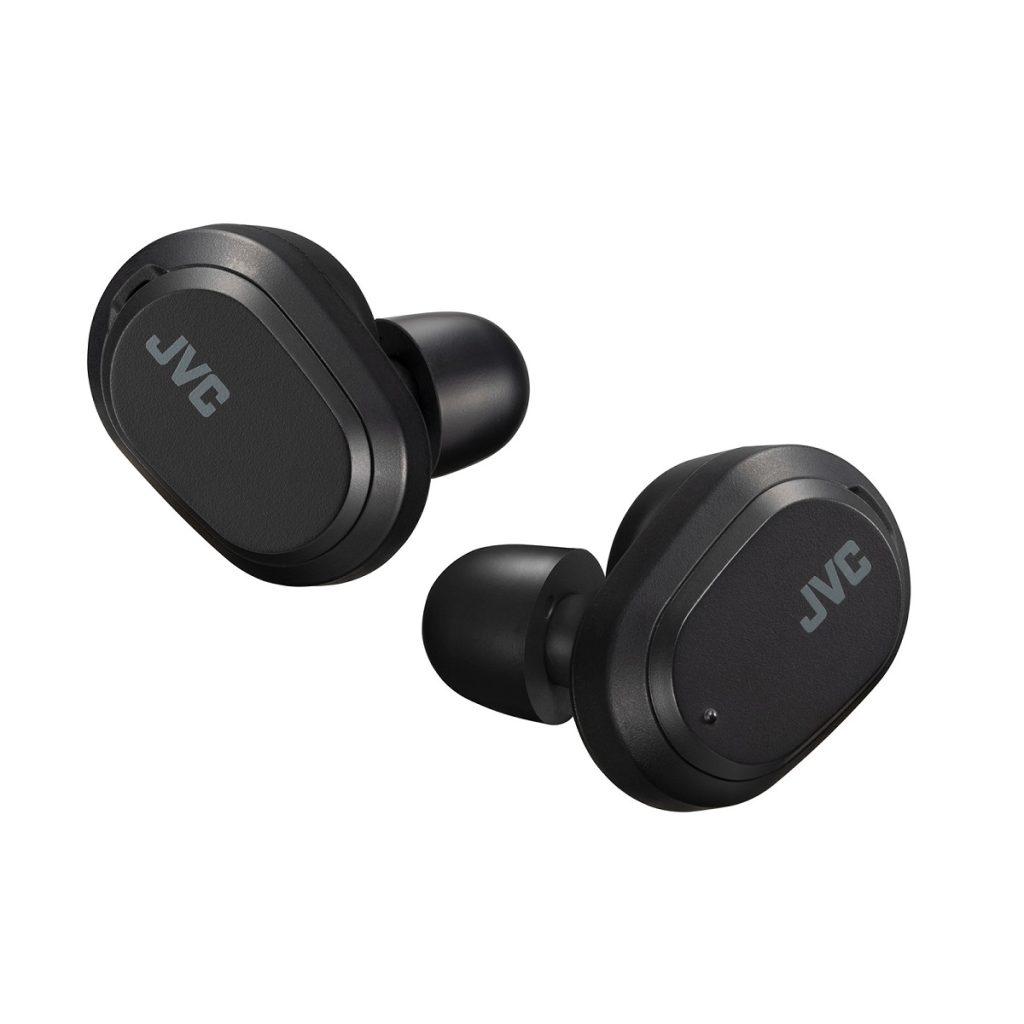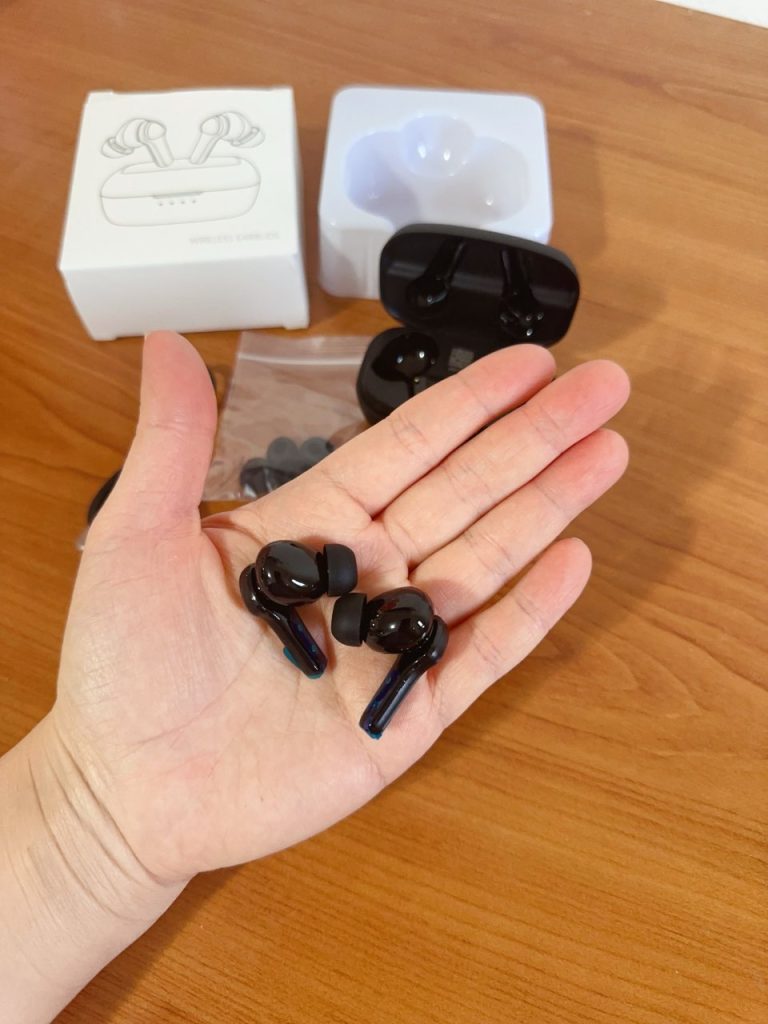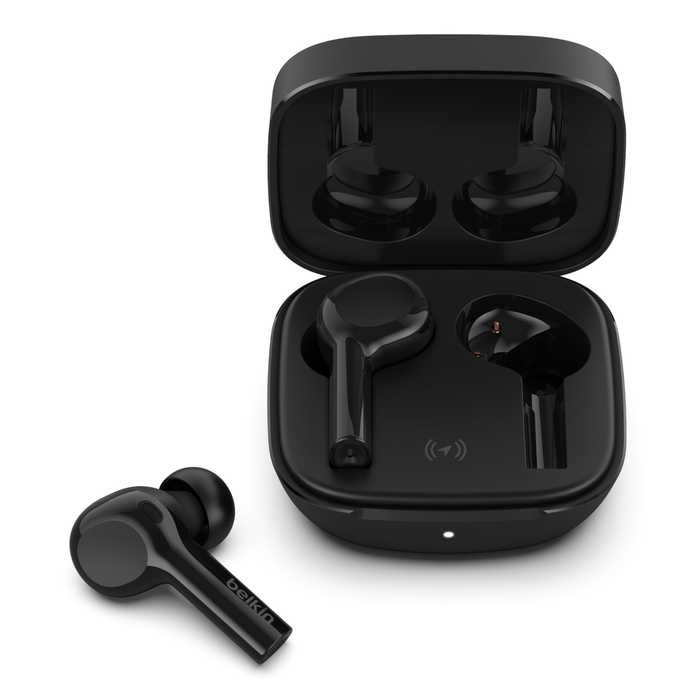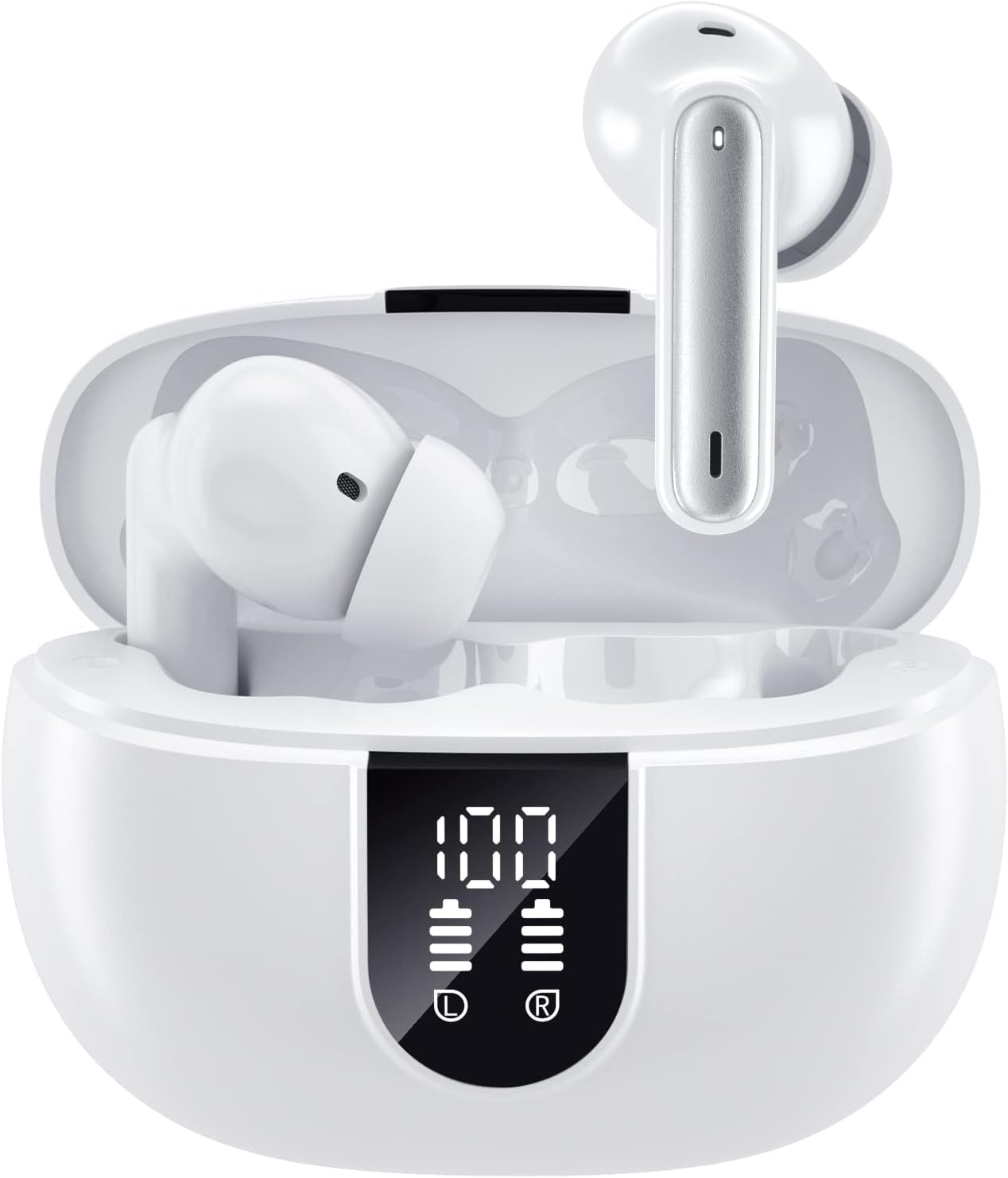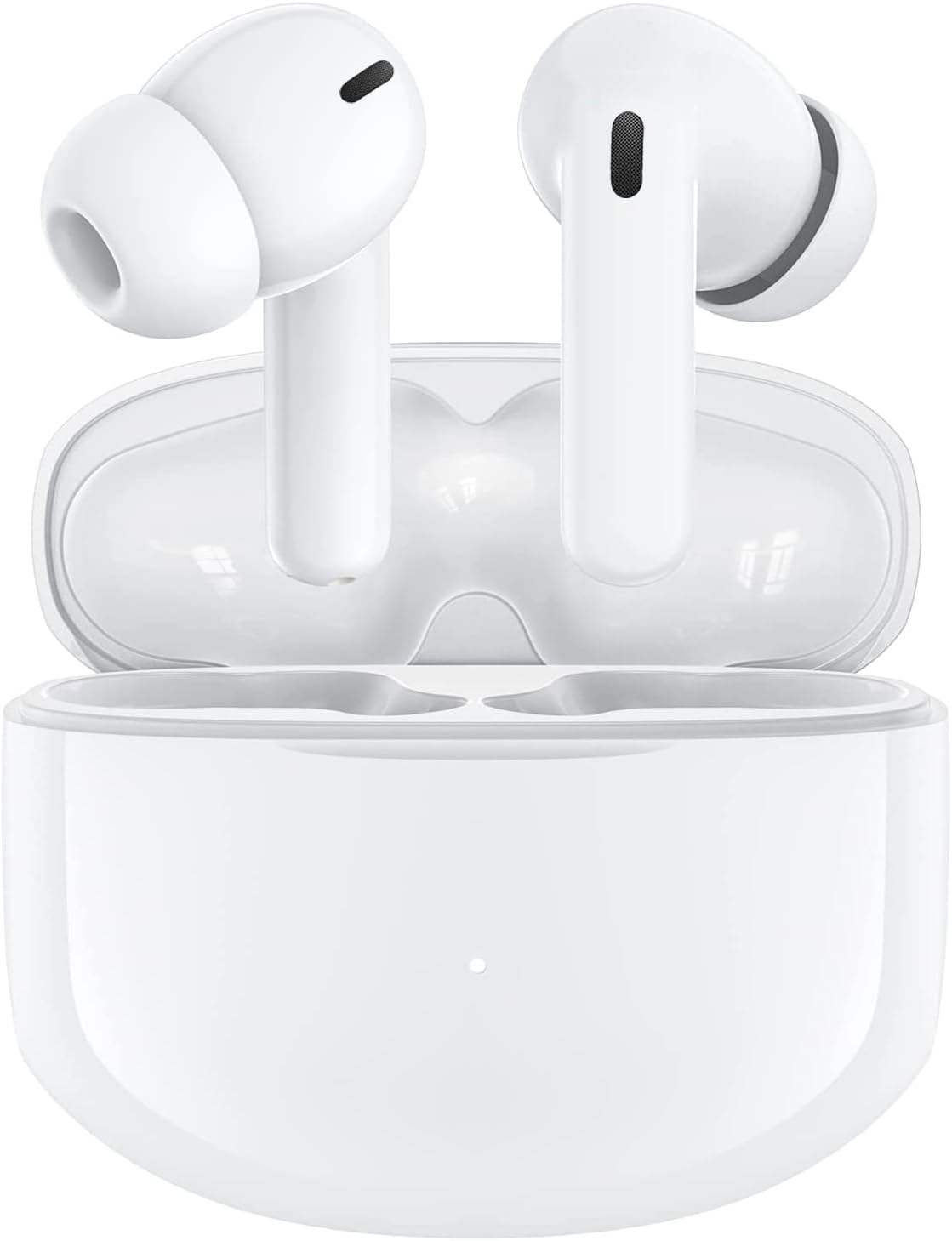How to Fix Earbuds That Work on One Side: Wireless Troubleshoot
Wireless earbuds are synonymous with contemporary convenience, allowing listeners to enjoy music, take calls, and engage with audio content without the constraints of wires. However, they’re not without their issues—one common problem is when only one earbud produces sound while the other remains silent. This article outlines practical steps to diagnose and fix wireless earbuds when audio is only coming from one side. By following this guide, you can potentially save yourself the time and expense of replacing your earbuds or seeking professional repair services.
Identifying the Source of the Issue
Check the Earbud Battery Levels
The first step in troubleshooting is to ensure that both earbuds are adequately charged. Uneven battery levels could lead to one earbud cutting out. Place both earbuds in the charging case and ensure that the case is charged as well. If one earbud has a significantly lower battery level than the other, it might not power on. Fully charge both earbuds and try using them again to see if this resolves the issue.
Inspect for Physical Damage
Visually inspect the non-functioning earbud for any signs of physical damage. This includes checking for any cracks, loose components, or debris blocking the sound outlet. Physical damage can result from dropping the earbuds, stepping on them, or other impacts. If you find any physical damage, the earbud may require professional repair or replacement.

Ensuring Proper Connectivity and Settings
Re-establish the Bluetooth Connection
Sometimes, the issue might be related to the Bluetooth connection rather than the earbuds themselves. To troubleshoot, disconnect your earbuds from the device by forgetting the earbuds in your Bluetooth settings. Then, restart your device and earbuds, put the earbuds back into pairing mode, and reconnect them to your device. This can often resolve connectivity issues that may result in audio playing from only one earbud.
Verify Audio Balance Settings
On some devices, audio balance settings allow you to adjust the volume for the left and right channels. If this balance is accidentally shifted all the way to one side, it could result in sound coming from only one earbud. Check the audio balance settings on your device to ensure they are centered and equally balanced between both earbuds.
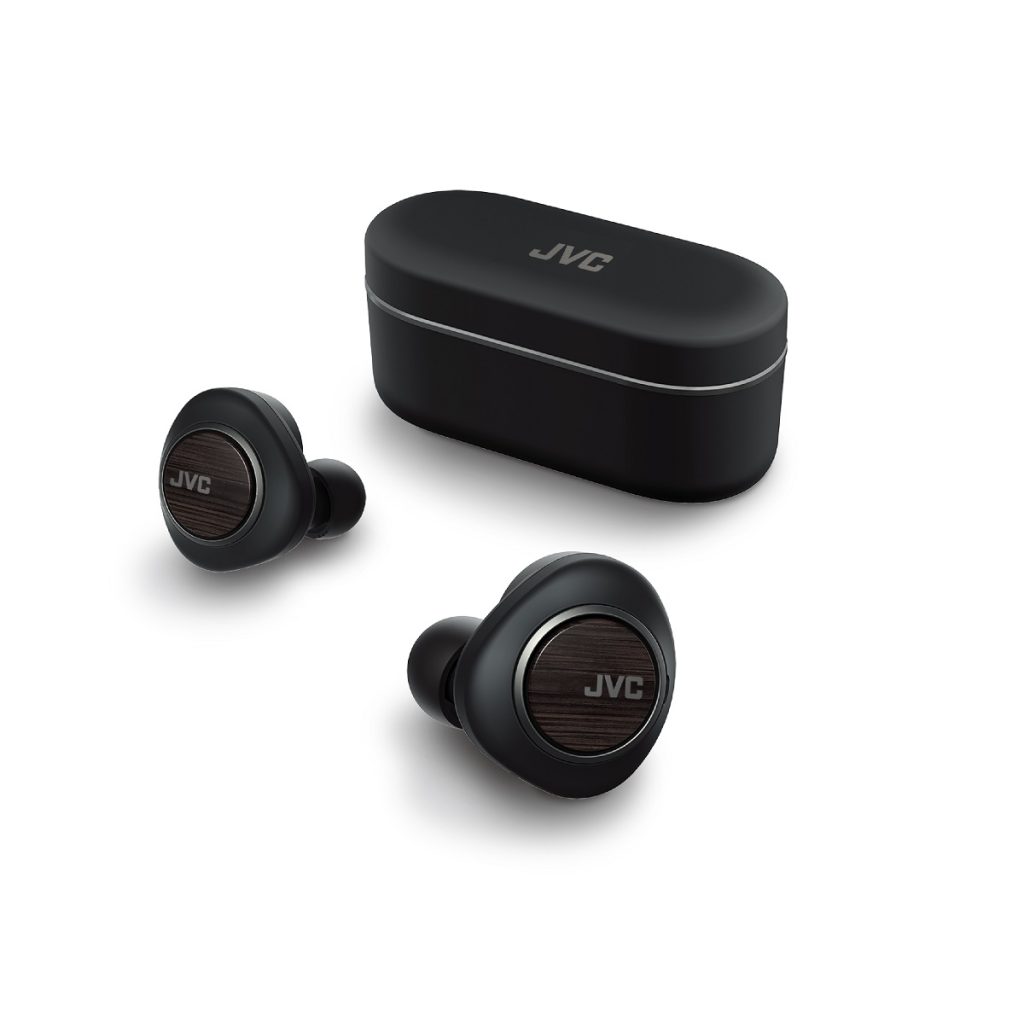
Software-Related Fixes and Updates
Firmware Updates
Manufacturers may release firmware updates that can fix bugs or improve the functionality of your wireless earbuds. Check the manufacturer’s website or companion app for any available firmware updates for your earbuds. If an update is available, follow the instructions provided to update the firmware, which could resolve the one-sided audio issue.
Resetting the Earbuds
Most wireless earbuds come with an option to reset them to their factory settings. A reset can often fix issues that are not resolved by charging or reconnecting. The reset process varies depending on the brand and model, so refer to the user manual or the manufacturer’s website for specific instructions on how to perform a reset on your earbuds.

Physical Cleaning and Care for Earbuds
Clean the Earbud Mesh
Wax, dust, and other debris can accumulate on the earbud mesh and block the sound. Use a dry, soft-bristled brush or a specialized earbud cleaning tool to gently clean the mesh. Be careful not to push debris further into the earbud.
Check for Internal Debris
If the earbud is still not working after cleaning the mesh, there might be debris inside the earbud itself. In some cases, you can carefully remove the ear tip or mesh cover to clean inside, but this should be done cautiously to avoid damaging the earbud. If you are unsure about disassembling any part of the earbud, it’s best to seek professional help.
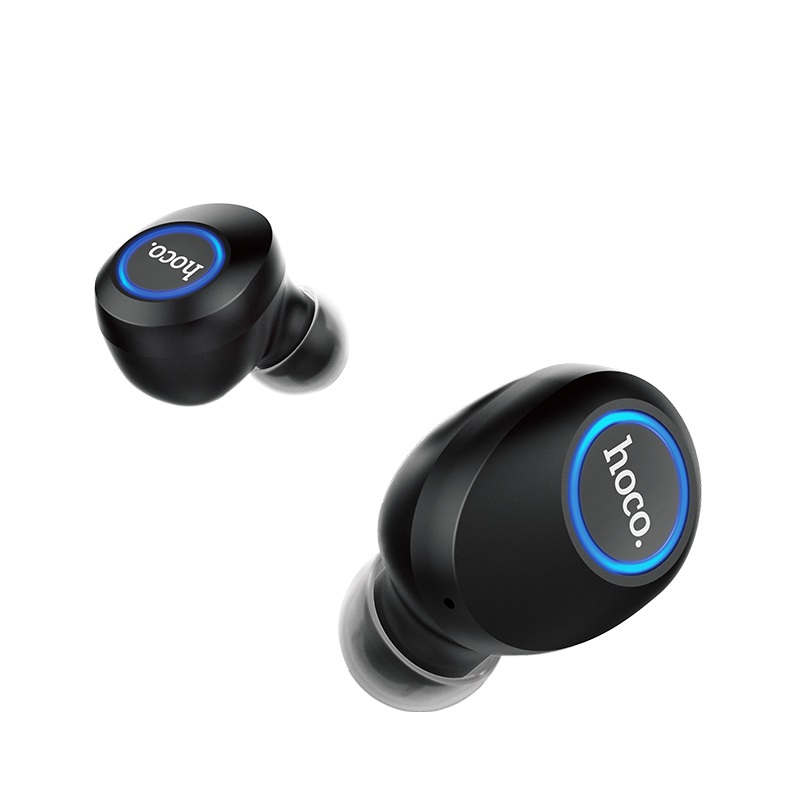
Advanced Troubleshooting Techniques
Testing with Different Devices
It’s important to rule out the possibility that the issue is not with the earbuds but with the device they are connected to. Connect your wireless earbuds to a different smartphone, tablet, or computer to see if the problem persists. If audio plays correctly from both earbuds on a different device, the issue may be related to Bluetooth compatibility or a specific setting on the original device. Additionally, testing with different audio sources or apps can help determine if the issue is related to a particular file or streaming service.
Seeking Professional Help
If all home troubleshooting efforts fail, it may be time to seek professional assistance. Contact the customer support of your earbuds’ brand for advice or to arrange a repair. If your earbuds are under warranty, you might be eligible for a free repair or replacement. Even if the warranty has expired, the manufacturer may offer a repair service for a fee. Alternatively, local electronics repair shops can often provide diagnostics and repair services for wireless earbuds.

Preventative Measures and Best Practices
Maintaining Firmware and Software
To prevent future issues with your wireless earbuds, ensure that you regularly check for and install firmware updates provided by the manufacturer. These updates not only fix known bugs but can also introduce improvements and new features. Additionally, keep the software on your connected devices up to date, as outdated operating systems can lead to compatibility and performance issues.
Proper Storage and Handling
Proper care and storage of your wireless earbuds are critical for their longevity. Always store your earbuds in their charging case when not in use to protect them from physical damage and to keep the battery charged. Avoid exposing your earbuds to extreme temperatures, moisture, or direct sunlight. Additionally, handle your earbuds gently, avoiding drops or unnecessary force that could damage internal components. By following these best practices, you can extend the life of your wireless earbuds and reduce the likelihood of encountering issues where only one earbud is functional.
When your wireless earbuds are only working on one side, it can be a frustrating experience. However, by systematically checking for battery issues, inspecting for physical damage, ensuring proper connectivity, updating firmware, performing resets, and cleaning, you can often resolve the problem without the need for professional repair or replacement. Regular maintenance and care can prevent many of these issues from occurring in the first place, ensuring a long and functional life for your wireless earbuds. If these steps don’t fix the issue, it may be time to contact the manufacturer for further assistance or consider investing in a new pair of earbuds.

